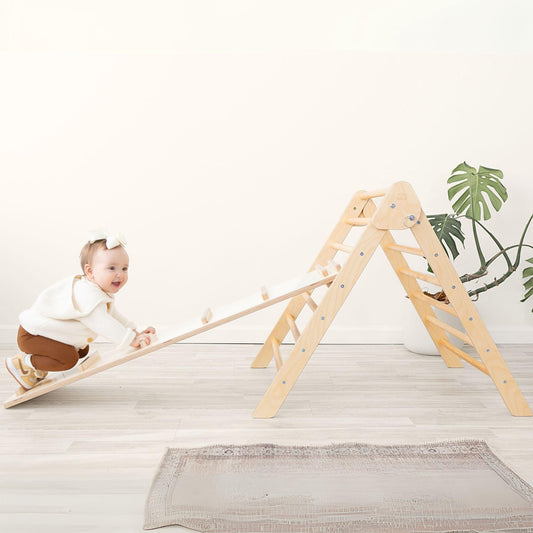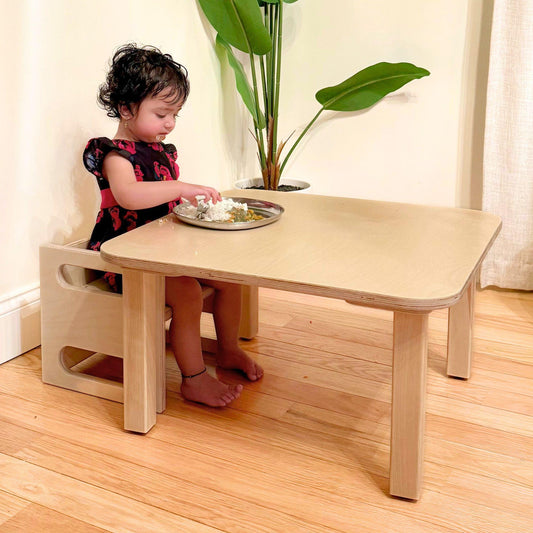
How to Relate to Your Children Starts with Active Listening
Share
By Radomir Samardzic

PART 1:
1. listen |’lisən|
verb [ intrans. ]
• give one's attention to a sound
• take notice of and act on what someone says; respond to advice or a request
• make an effort to hear something; be alert and ready to hear something
• used to urge someone to pay attention to what one is going to say
I tell you everything that is really nothing, and nothing of what is everything, do not be fooled by what I am saying. Please listen carefully and try to hear what I am not saying.
~Charles C. Finn
Relationship in a broad sense means communication. Being in a successful relationship with your children means that you are able to communicate with them effectively and completely. In most cases, communication consists of conversation, and what we often forget is that conversation has two parts: speaking, and listening. “We have two ears and one mouth so that we can listen twice as much as we speak,” said Epictetus, a Greek philosopher, and we can come to the useful conclusion that listening is twice as important as speaking. We often do not have anything to say unless we’ve heard something first, even if we only talk to ourselves. This applies to any relationship, and especially to the one with your child.
Note on babies and toddlers
Listening to babies and toddlers takes a somewhat different form. The sounds they make will tell you very few things; as an example, they’ll cry when they are in pain, uncomfortable, hungry, tired, need changing or need attention. They will also make sounds of satisfaction. Each of these may sound different. Later on they’ll develop sounds for when they do not want something and so on. Although this repertoire may be rather large, it is not nearly enough to exclusively use these conversations to start building your relationship with them at that age. Communicating with your baby or toddler will consist more of talking to him and keenly observing his actions, expressions and body language in general. At this stage, sound is not their main mode of expression, their body language is. So listen keenly by observing, and as in listening to adults, do not interfere. Applying this rule to babies and toddlers means: DO NOT interfere in their body language; allow them to express themselves, do not help them do what they need to learn and accomplish by themselves in their own time, i.e., turn over, reach, sit up, walk, climb, and move around in general. Remember: they are talking to you or instinctively practicing what they need to master. Do not interfere with their learning process. On the other hand talk to them. Tell them beforehand what you will do to them and tell them what you are doing when you are doing things to them. The rule of thumb at this age is as Magda Gerber of RIE (Resources for Infant Educarers) said: Observe more, do less.
Being in a successful relationship with your children means that you are able to communicate with them effectively and completely.
****
There are at least two different ways we can listen, and just as speaking can be an art and a craft, so can listening. Have you noticed that when someone talks we more often than not listen to ourselves assessing and judging the validity and truth of what is being said, planning our answer, remembering similar situations we were in, preparing an answer (which often consists of some kind of rebuttal) or sharing our similar experience. Or, simply having some kind of associative thoughts. Listening to what is actually being said requires awareness, concentration, focus and time. So what are the two ways you can listen? The first one I have described above, I call “listening to myself.” It really is more about having a conversation with yourself than listening for what the other person wants to communicate. The other way to listen is active, supportive listening, or “listening for.” What this means is that your full attention is on what is being said and attempting to fully grasp the intention behind what is being said. What you are listening for is contribution and commitment. (Do not underestimate children’s intentions; they want to contribute and they ARE always committed to something.) In other words, you are listening to find out what she is really trying communicate to you, to contribute to you and what is the intended commitment behind it. Make sure they know that you actually heard them and understood what they wanted to communicate. You also need to be alert enough to hear what your child is NOT saying. We very rarely have a “straight talk”. Children are especially careful not to say something that can make you upset because they depend on you for their survival. You are a “big almighty giant”, an authority who is not to be made angry, so children will often lie or not say what they mean and beat around the bush, testing what your reaction might be. If they deem your reactions to be consistently negative, they will lie to you, just to keep the peace, secure your love for them and avert your wrath. They may learn the skill of lying very early in life. You need to become a skilled listener in order to be able to effectively and efficiently perform parental duties.
As you can see, listening for is especially important in conversations with your children. They are in an intensive process of learning various life skills. Most of these skills are learned through conversations and observation. Listening for them will facilitate all the principles mentioned in this book and improve their self-esteem, thinking processes and conversation skills. And – this will be very important to you – they will learn how to listen for when you speak to them and tell you all you ever want to hear and often even what you do not want to hear. You will be surprised what you can learn from your children and what they will be willing to tell you if you were to listen for, instead listening to you, i.e., of passing judgments trying to correct them, reprimand them, teach them without their consent or just plain brush them off because “it comes from a child.“
This was an excerpt from the book Parenting: The Joy of Doing It Right by Radomir Samardzic, Copyrighted 2011-2012.
Get the entire book as a digital download free with every purchase from our store or purchase it separately here.

















 Off
Off
